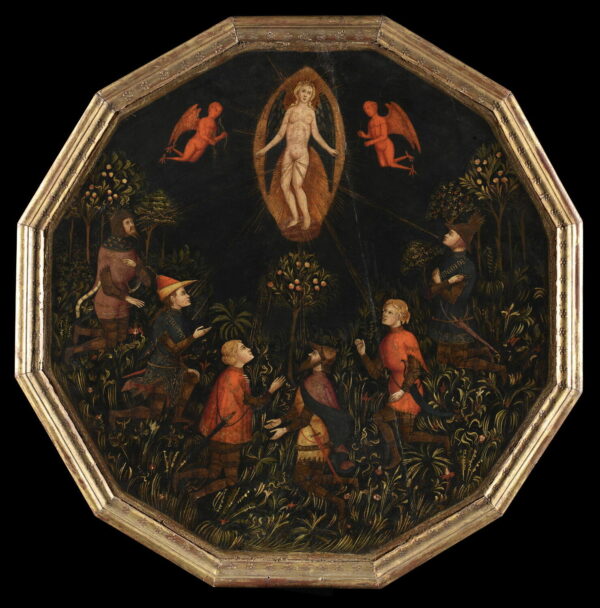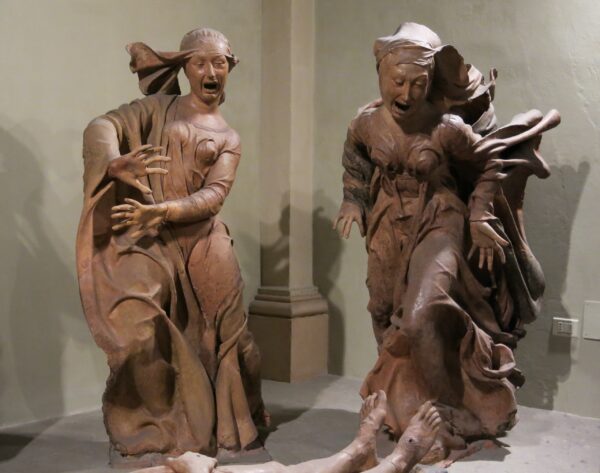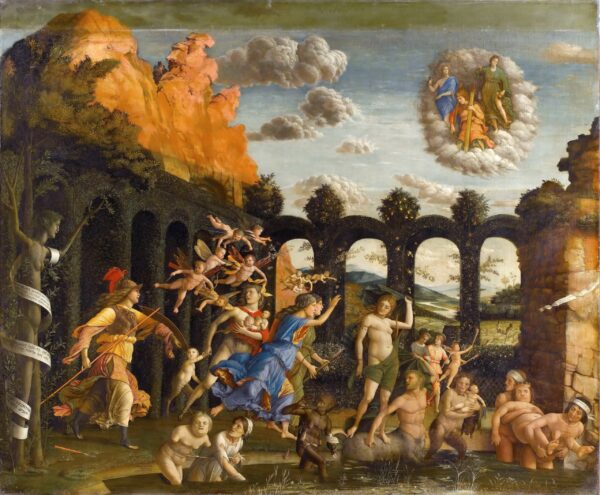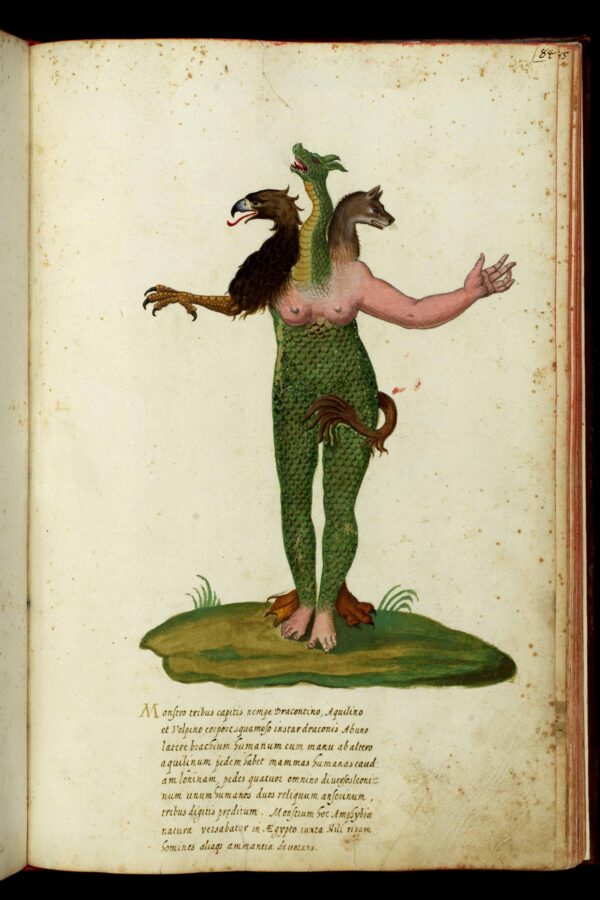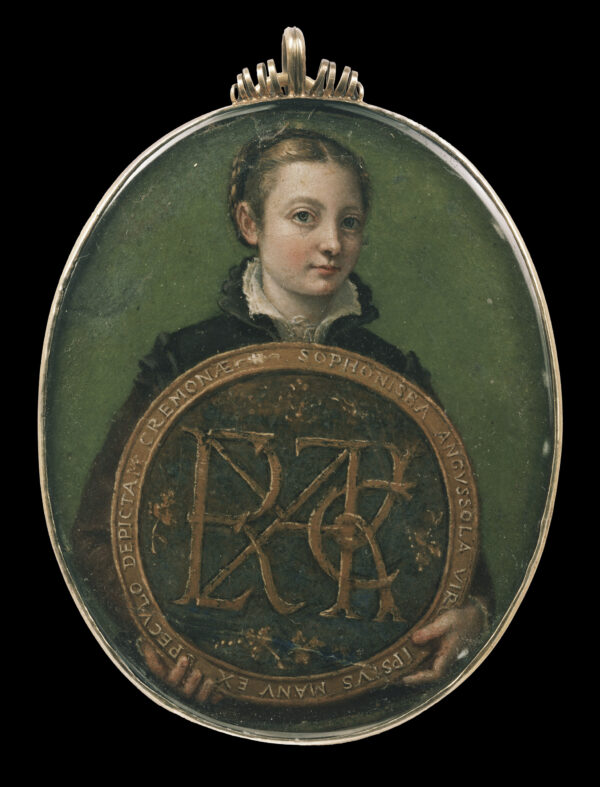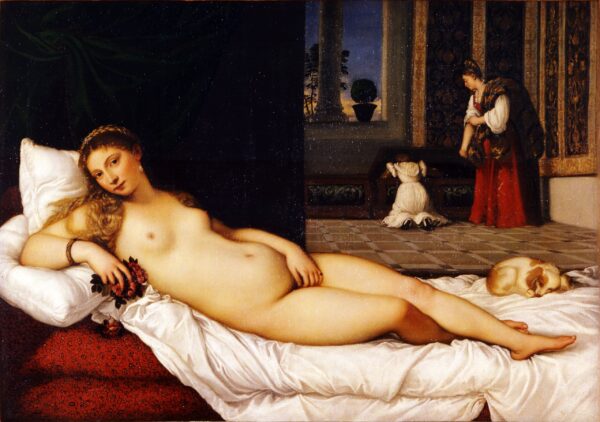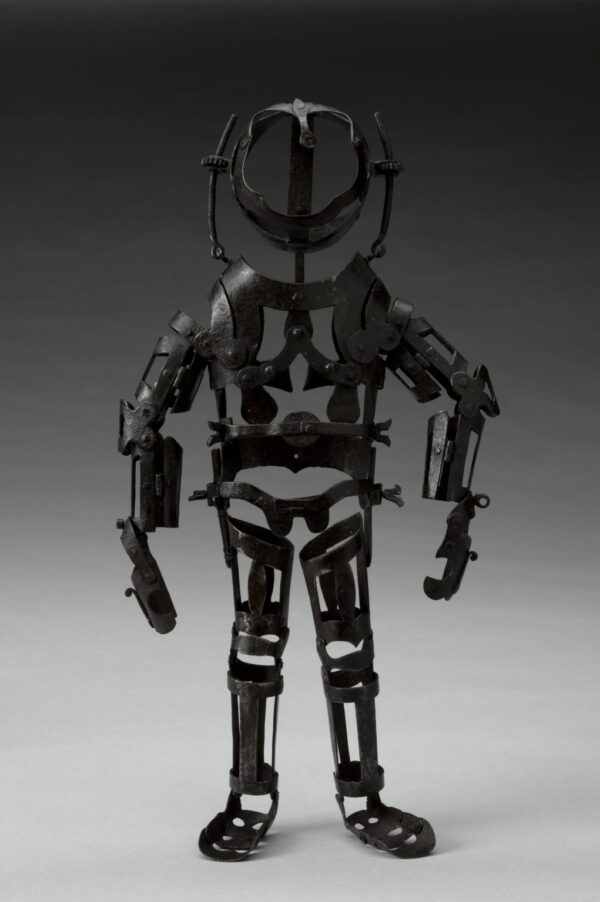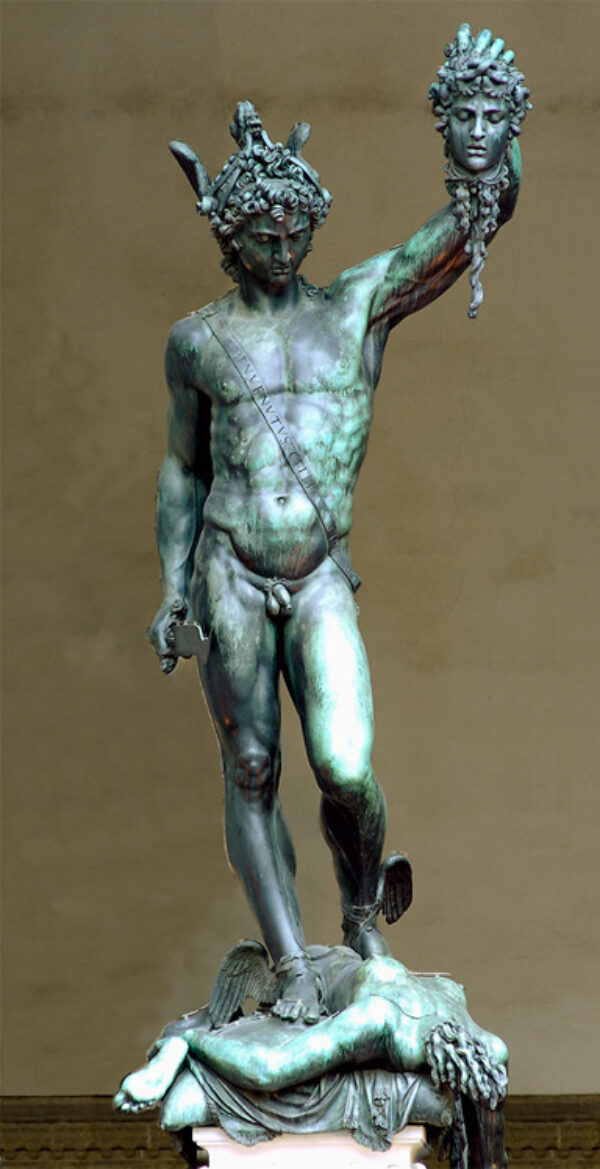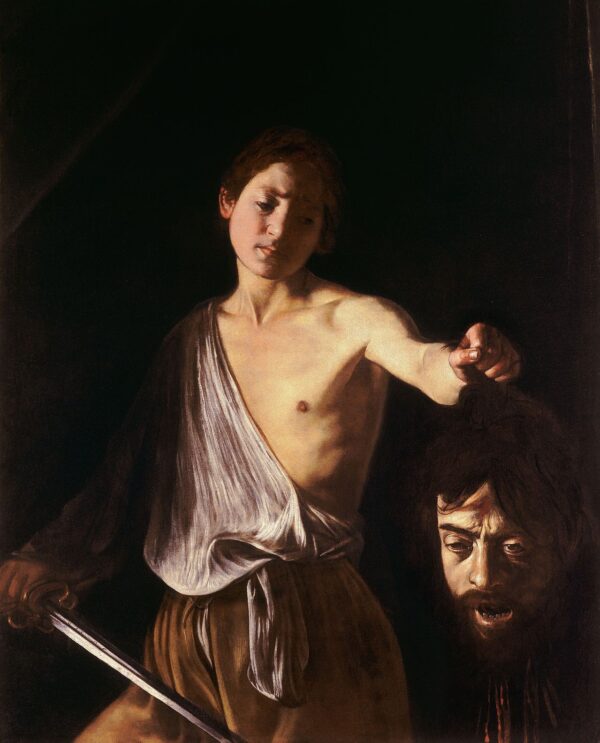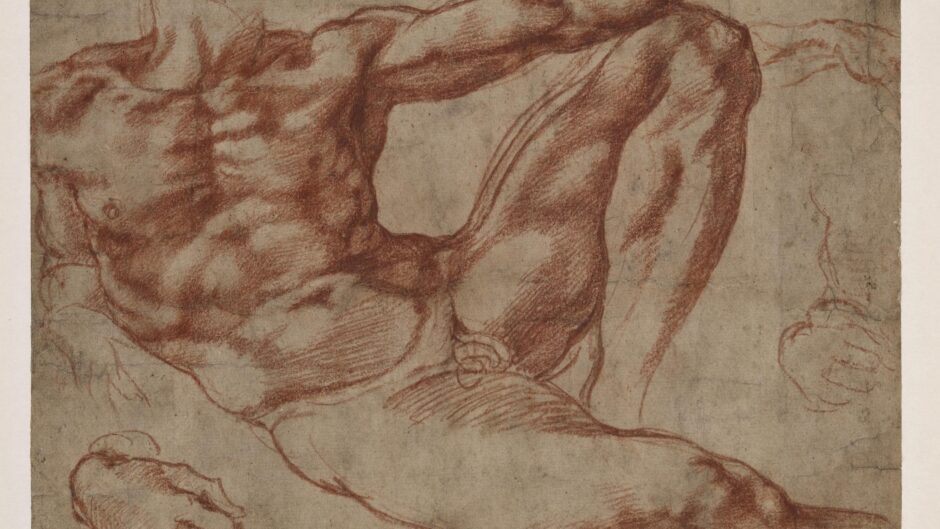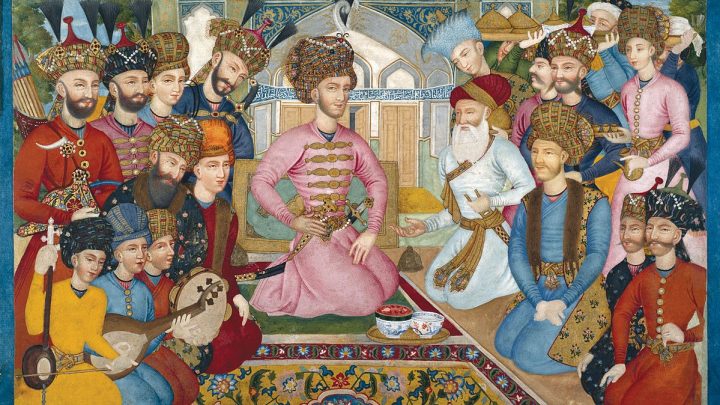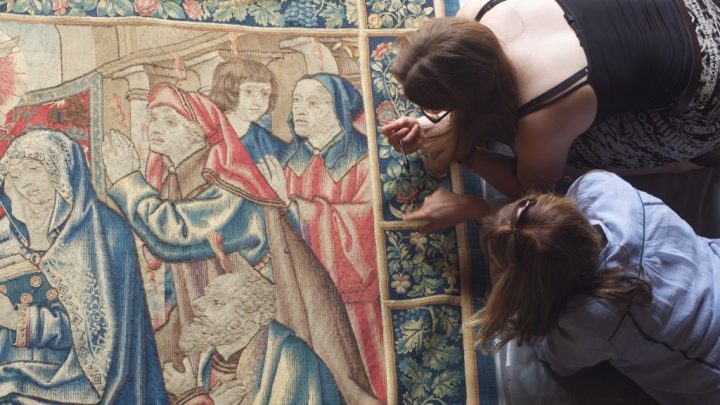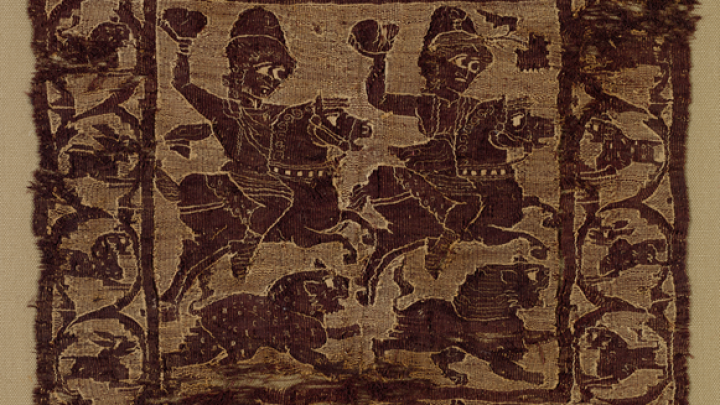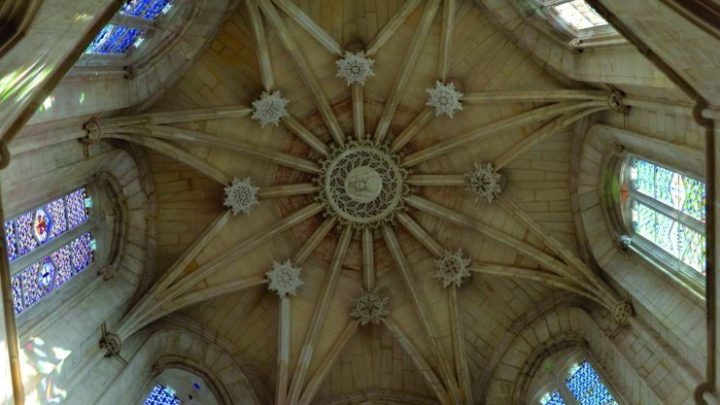This course provides an immersion in the scholarship and issues pertinent to Renaissance art as approached through the lens of the human body. It is structured across two semesters. In the first semester, there will be 20-30 students in the class and subsequently you will be taught in smaller classes of around 10 students.
During the first semester, the whole group of students will be led by the course leaders and will take the human body as a lens to elucidate different aspects of art produced in Renaissance Italy and in other European contexts during the period 1350-1600. These meetings will be focusing on the ways in which the body has been represented in and shaped by artworks. We will embed key images and objects withing their wider cultural, literary, poetic, and scientific contexts, and cultivate a critical awareness of their social and political stakes. Questions of gender, race, and disability will be of concern, as will the experiential and emotional powers of art.
The second semester will be dedicated to an in-depth engagement with select materials and methodologies that revolve around different aspects of the interplay of body and art in the Renaissance. This will be through the division of the cohort into smaller seminar groups, with topics such as the body of the artist, embodied artistic knowledge, and artistic production; the representation of the body from social, intellectual, and cross-cultural perspectives; or the beholder’s positionality and the agency of artworks in shaping body cultures. Students will take one of the available options to which they are assigned mid-way through the first semester.
These classes provide an overview of the materials, issues, and methodologies pertinent to Renaissance art as approached through the lens of the body. The seminars incorporate a range of different approaches: classes in which a topic formally introduced by one of the module leaders is the basis of informed discussion by the group as a whole; seminars in which student presentations are the basis of discussion; text-based classes in which the group’s close reading of texts and images forms the basis of a class. The module is organised around weekly classroom-based sessions alongside a series of more flexibly programmed site visits which may include a study trip, and/or a range of local visits to exhibitions, archives or other sites of interest. Study trips are supported by a travel grant, and are usually for a period of 3-4 days. During tutorials module leaders will meet with students individually to offer comments on work and discuss progress. There is flexibility in the topics for written assignments that individual students are asked to undertake, with the agreement from their module leader.
Course leaders: Dr Felix Jäger, Dr Robert Brennan, Dr Katerina Harris (covering Professor Guido Rebecchini this year.)
In the event that a course leader is on sabbatical, takes up a fellowship, or otherwise is not able to teach the course, they will be replaced by another experienced course leader either for a semester or, in some cases, the academic year.

